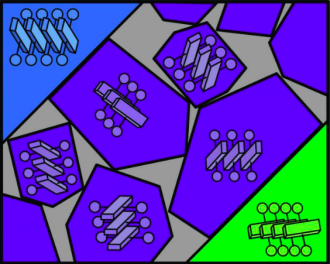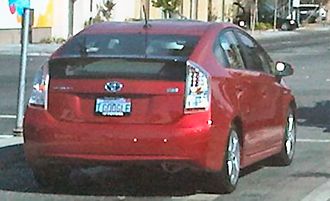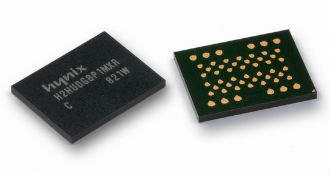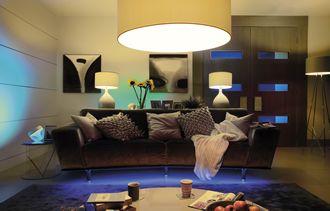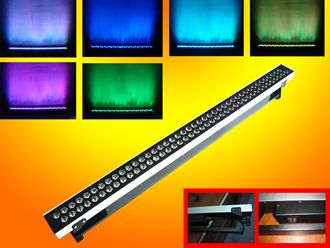PureLiF has been showcasing how LED lights are being used to form wireless networks to access the internet and transfer data at high-speeds in Birmingham.
At the WiredScore Birmingham launch, the international rating scheme for digital connectivity in commercial real estate will reveal Birmingham’s first Wired Certified buildings. WiredScore’s innovative product, Wired Certification, provides landlords and developers with an independent, trusted benchmark, promoting greater transparency around connectivity and digital infrastructure.
Harald Burchardt, Chief Commercial Officer of pureLiFi, will then provide the keynote speech entitled “Are your buildings future ready?” – discussing how LiFi technology can address businesses’ evolving digital needs.
PureLiFi has over 100 deployments in industrial and commercial buildings worldwide. LiFi technology enables LED light bulbs to provide a secure wireless internet connection using light waves. By using light waves rather than radio frequencies used in Wi-Fi, LiFi offers unprecedented bandwidth, which significantly enhances the connectivity of the office – easing the competition for bandwidth that has resulted from the significant expansion of internet-enabled devices.
Harald Burchardt said: “We are delighted to be bringing LiFi technology to Birmingham and to be participating in this discussion on how local organisations can capitalise on the city’s digital potential. We congratulate all the landlords that are receiving Wired Certification today and who are leading the way in digital connectivity. LiFi can be a part of enhancing your building’s connectivity and enable the smart office.
“We look forward to engaging with forward-thinking property owners and developers on exploring our technology.”

